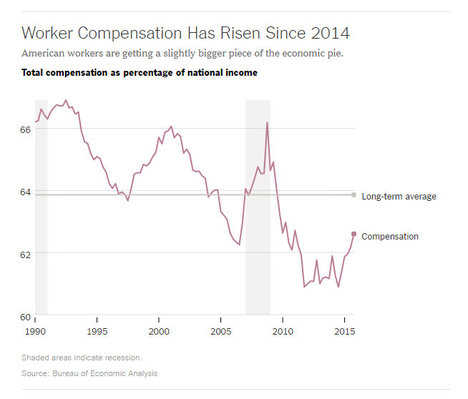(p. B1) “A lot of companies pushed hard on the idea that technology will solve every problem, and that we shouldn’t use humans,” said Paul English, the co-founder of a new online company called Lola Travel. (p. B10) “We think humans add value, so we’re trying to design technology to facilitate the human-to-human connection.”
. . .
“I tried to create the best travel website on the market,” he said. “But as good as we thought our tech was, there were many times where I thought I did a better job for people on the phone than our site could do.”
You’ve most likely experienced the headaches Mr. English is talking about. Think back to the last time you booked anything beyond a routine trip online. There’s a good chance you spent a lot more time and energy than you would have with a human. Sure, the Internet has obligingly stepped in to help; there are review sites, travel blogs, discussion forums and the hordes on social media to answer every possible travel question. But these resources only exacerbate the problem. They often turn what should be a fun activity into an hourslong research project.
. . .
In many cases, yes, but there remain vast realms of commerce in which guidance from a human expert works much better than a machine. Other than travel, consider the process of finding a handyman or plumber. The Internet has given us a wealth of data about these services. You could spend all day on Craigslist, Yelp or Angie’s List finding the best person for your job, which is precisely the problem.
“It’s going to be a long time until a computer can replace the estimating power of an experienced handyman,” said Doug Ludlow, the founder of the Happy Home Company, a one-year-old start-up that uses human experts to find the right person for your job. The company, which operates in the San Francisco Bay Area but plans to expand nationally, has contracts with a network of trusted service professionals in your area. To get some work done, you simply text your Happy Home manager with a description of the problem and maybe a few pictures.
“A quick glance from our handyman gives us an idea of who to send to your job, and what it will cost,” Mr. Ludlow said. The company handles payment processing, scheduling and any complaints if something goes wrong.
I recently used Happy Home to get a few home theater cables concealed in a wall. The experience was liberating — I found a handyman and a drywall specialist to do my job with little more than few texts, and no time spent scouring through web reviews.
It isn’t feasible to get humans involved in all of our purchases. Humans are costly and they’re limited in capacity. The great advantage of computers is that they “scale” — software can serve evermore customers for ever-lower prices.
But one of the ironies of the digital revolution is that it has also helped human expertise scale. Thanks to texting, human customer service agents can now serve multiple customers at a time. They can also access reams of data about your preferences, allowing them to quickly find answers for your questions.
As a result, for certain purchases, the cost of adding human expertise can be a trivial part of the overall transaction. Happy Home takes a cut of each service it sets up, but because it can squeeze out certain efficiencies from operating a network of service professionals, its prices match what you’d find looking for a handyman on your own. That’s true of human travel agencies, too — the commissions on travel are so good that Lola can afford to throw in human expertise almost as a kind of bonus.
The rise of computers is often portrayed as a great threat to all of our jobs. But these services sketch out a more optimistic scenario: That humans and machines will work together, and we, as customers, will be allowed, once more, to lazily beg for help.
For the full commentary, see:
Manjoo, Farhad. “State of the Art; The Machines Rose, but Now Start-Ups Add Human Touch.” The New York Times (Thurs., DEC. 17, 2015): B1 & B10.
(Note: ellipses added.)
(Note: the online version of the commentary has the date DEC. 16, 2015, and has the title “State of the Art; In a Self-Serve World, Start-Ups Find Value in Human Helpers.”)


